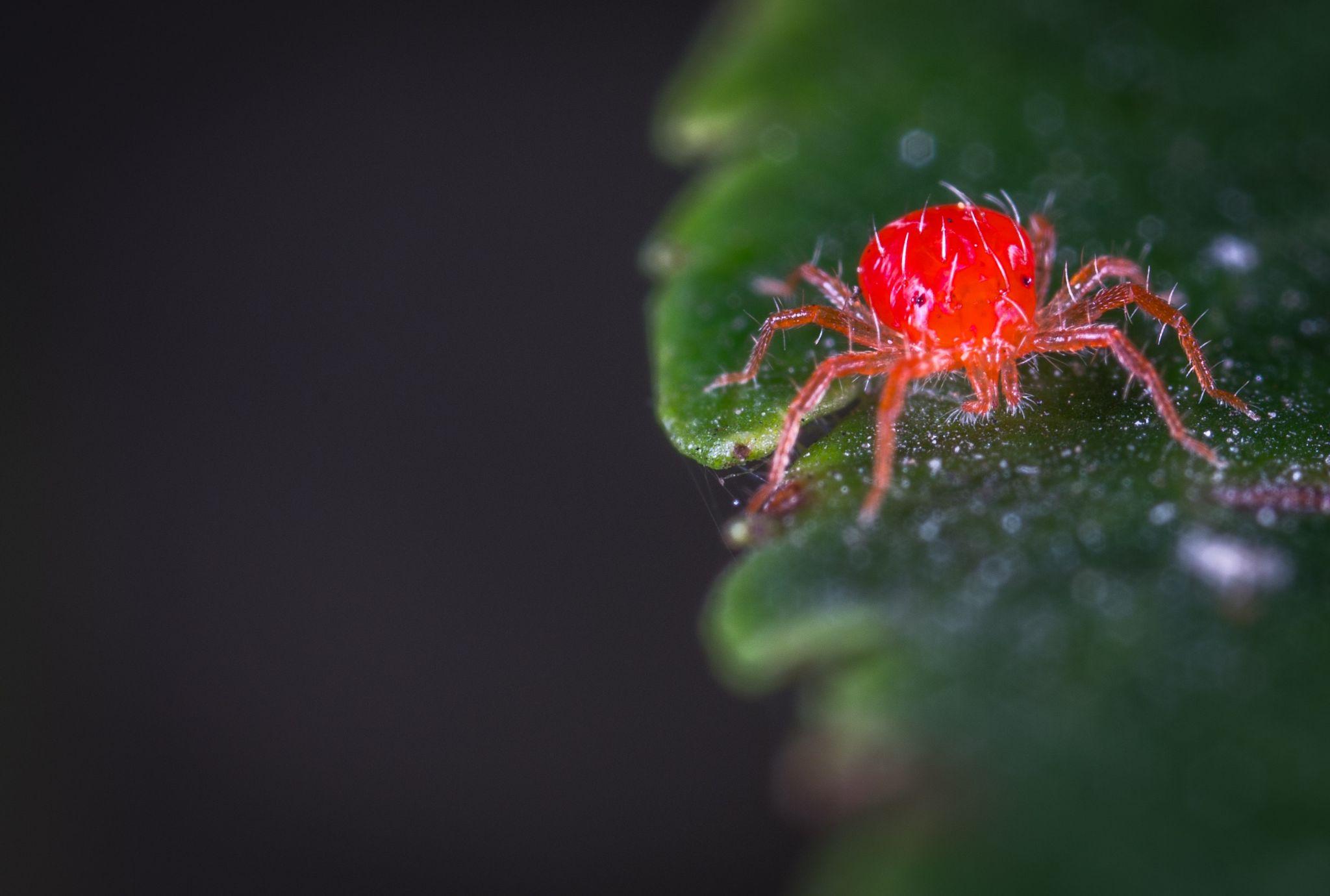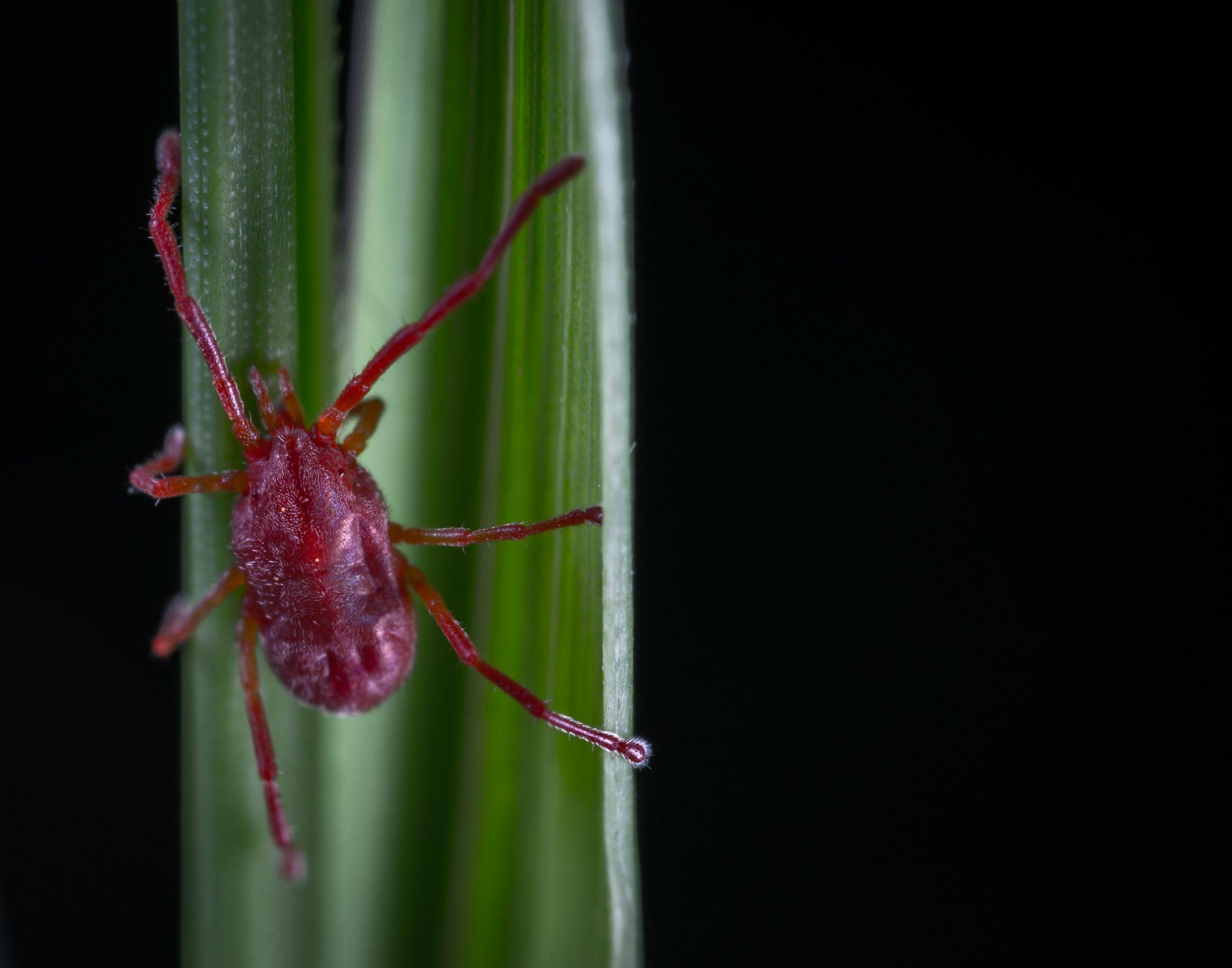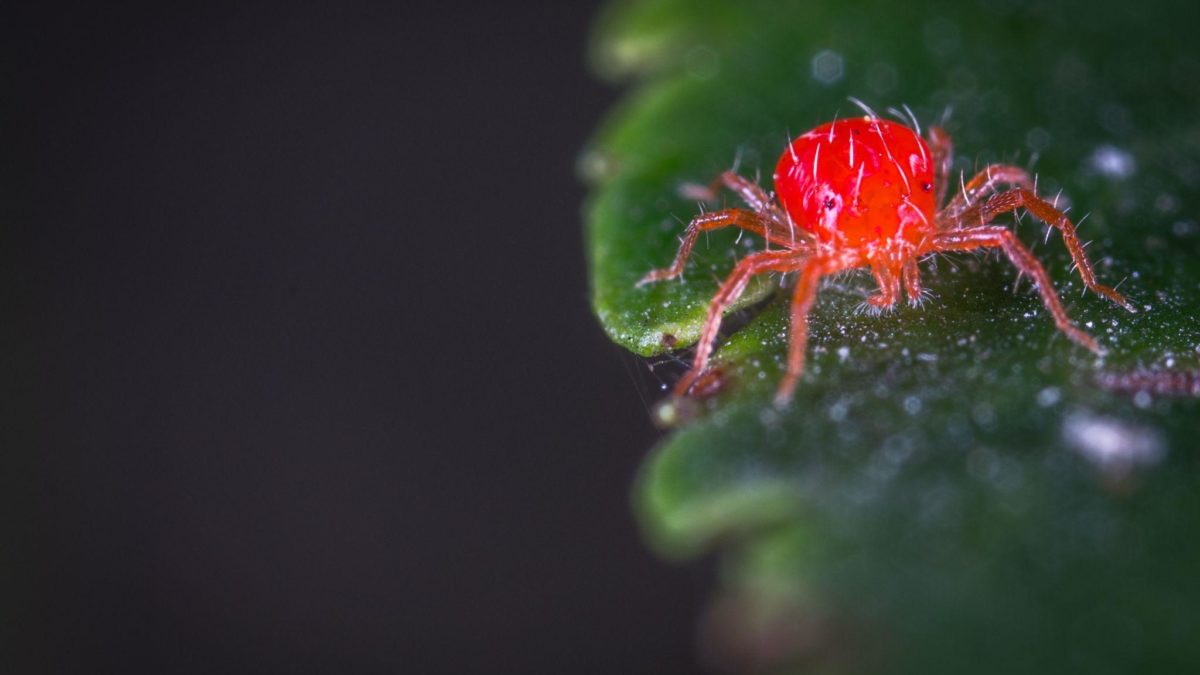If you have spider mites on your indoor plants, don’t worry! There are a few simple things you can do to get rid of these leaf-eating, growth-stunting pests. In this blog post, we’ll share some tips on how to get rid of spider mites, as well as how to prevent them from coming back.
If you want to get rid of spider mites, the best thing to do is to start with a clean slate. Get rid of all the infested plants and clean the area thoroughly. Then, take preventive measures to ensure they don’t come back.
How To Get Rid Of Spider Mites On Your Indoor Plants
To get rid of spider mites on your indoor plants, follow the four simple steps below.:
1. Identify the infested plant.
You may see webs on the plant, or you may see the mites themselves. The mites are microscopic, and they may be hard to see without a magnifying glass.
2. Isolate the plant from others.
This step is necessary because spider mites can spread quickly from one plant to another.
3. Treat the plant with an insecticide or miticide.
You can find such products at your local garden center or nursery. Remember, it is important to follow the directions instructed on the product’s label.
4. Repeat the treatment as necessary on other infected plants.
You may need to repeat the treatment several times to get rid of all of the spider mites.
What Are Some Natural Ways To Get Rid Of Spider Mites?
There are a few natural ways to get rid of spider mites. A popular, DIY method is to combine water with either soap or vinegar. One way is to use a mixture of soap and water. This solution will kill the spider mites on contact. Another way is to use a mixture of vinegar and water. This will also kill the spider mites on contact. However, if you want to eradicate the problem without killing these creatures, you can also try using a mixture of essential oils and water. This will deter the spider mites and keep them away from your plants.

What Are Some Chemical Ways To Get Rid Of Spider Mites?
There are a few chemical ways to get rid of spider mites. Perhaps one of the most effective chemicals used to get rid of spider mites are miticides, which are pesticides that specifically target mites—, or you can also use a general-purpose insecticide, which will kill mites as well other bugs. You can also try using a household cleaner like dish soap or rubbing alcohol.
To use a miticide, general-purpose insecticide, or household cleaner,h mix the product according to the package directions and spray it onto the affected plants. Be sure to cover the undersides of the leaves, as mites tend to reside here.t that’s where the mites tend to be. You’ll need to reapply the miticide every few days to keep the mites away.
To use a general-purpose insecticide, mix it according to the package directions and spray it onto the affected plants. Be sure to cover the undersides of the leaves, as that’s where the mites tend to be. You’ll need to reapply the insecticide every few days to keep the mites away.
To use a household cleaner, mix it with water according to the package directions and spray it onto the affected plants. Be sure to cover the undersides of the leaves, as that’s where the mites tend to be. You’ll need to reapply the cleaner every few days to keep the mites away.
What Are Spider Mites?
Spider mites are tiny arachnids that infest indoor plants. They are challenging to see with the naked eye, but they leave behind telltale signs of their presence, such as webbing and stippling on leaves. Spider mites thrive in hot, dry conditions, migrating into the home on new plants. Due to their high reproduction rate, these parasites can become a colossal problem if not promptly dealt with.

There are several ways to control spider mites, including using insecticidal soap, neem oil, or horticultural oil. You can also try to increase the humidity around your plants, as spider mites prefer dry conditions.
Be sure to check your plants regularly for signs of spider mites and take action as soon as you see them to prevent an infestation.
Why Do Spider Mites Attack Indoor Plants?
As plants bear sap in their veins, they make great meals for spider mites. Therefore, spider mites are naturally attracted to indoor plants.
There are several reasons why spider mites attack indoor plants. One reason is that indoor plants are often not as healthy as outdoor plants, and are therefore more susceptible to attack. Another reason is that spider mites thrive in warm, dry conditions, and indoor conditions can often be ideal for them.
How Can You Tell If Your Plant Has Spider Mites?
If you think your plant might have spider mites, there are a few things you can look for. First, check the undersides of the leaves for small dots… these are the spider mites’ eggs. Once the eggs hatch, the spider mites themselves are very small – about the size of a pinhead – and are usually red, brown, or black. You might also see fine webbing on the plant, which the spider mites use to travel from leaf to leaf.
If you suspect your plant has spider mites, it’s a good idea to take a closer look with a magnifying glass. This will help you confirm whether or not there are spider mites present, and how many there are.
Spider mites are also prone to damaging plants, such as stippling or discoloration of the leaves. You may also see webbing, which is produced by the spider mites if spider mites are present. If you see any of these signs, take action to control the spider mites before your plants are irreversibly infected.

How Can You Prevent Spider Mites From Attacking Your Plants?
Spider mites can be difficult to get rid of once they establish themselves on your plants. The best way to prevent them from causing damage is to take preventive measures to keep them from attacking in the first place.
First, these pests are attracted to dry, dusty conditions, so keeping your plants clean and free of debris is the best way to prevent them from attacking.
Water your plants regularly, as spider mites prefer dry conditions.
If you do find spider mites on your plants, isolate the plant bodies immediately to prevent the pests from spreading.

Quick Tips
- Spider mites are tiny spider-like creatures that feed on the sap of plants.
- They are most commonly found on houseplants, but can also infest outdoor plants.
- Spider mites are difficult to see with the naked eye, but you may notice webbing on your plants or leaves that are yellowed, stippled, or brown.
- To get rid of spider mites, start by spraying your plants with water to knock them off.
- You can also try using a soap solution or an insecticidal spray.
- If you have a serious infestation, you may need to dispose of the affected plants.
- Keep your plants clean and free of dust
- Inspect your plants regularly for signs of infestation
- Quarantine new plants before introducing them to your home.
Conclusion
If you face a spider mite problem on your indoor plants, the solution isn’t miles ahead of you. Simply isolate the infected plants, and use a miticide, pesticide, or another natural chemical to exterminate the pests. However, don’t forget to take preventive measures. Make sure to water your plants regularly, keep them healthy, and check for mites often.
Michelle Wilde
Related posts
14 Comments
Leave a Reply Cancel reply
![]()
About Michelle Wilde
Michelle Wilde is a stay-at-home mom and avid plant lover. Armed with a post-graduate degree in Computer Science (no kidding!), she loves researching plants and landscapes. When she is not caring for her 4 kids, she spends time on her passion for plants. She blogs at www.indoorplantschannel.com, the trusted source for indoor plants.
Learn more
Subscribe
* You will receive the latest posts and updates about indoor plants!
Search
Recent Posts
Categories
- Beginner Guides (10)
- FAQ (206)
- General (2)
- How-To Guides (212)
- Indoor Plants (214)
- Pest Management (2)
- Plant Problem Solutions (4)
- Seasonal Growing (2)
- Specialized Environments (2)
- Specific Plant Care (3)
- Technical Growing (2)

I’ve been dealing with spider mites on my indoor plants for a while now. I still haven’t been able to get rid of them.
I was just reading about how to get rid of spider mites on indoor plants. I had no idea they could be such a problem!
I just found out that I have spider mites on my indoor plants. I need to get rid of them before they do any more damage.
I had no idea spider mites could be such a problem for indoor plants! I definitely need to get rid of them before they do any more damage.
[…] you’re noticing small, brown bugs on your indoor plants, chances are you have spider mites. These pests are difficult to get rid of, but we have some tips […]
[…] for a natural and effective way to get rid of spider mites on indoor plants? Look no further! This guide will show you how to get rid of spider mites quickly and […]
[…] let spider mites ruin your plants! Learn how to get rid of them quickly and […]
[…] your potted plants are covered in spider mites, don’t despair! There are several effective methods for getting rid of these pests. In this blog […]
[…] for a surefire way to get rid of spider mites on your houseplants? Look no further than this blog post! We’ll give you all the tips and tricks […]
[…] are ways to get rid of them. In this blog post, we’ll share some of the best tips for getting rid of spider mites for […]
[…] spider mites are small pests, they can easily enter your home through small cracks and crevices. To keep them […]
[…] it comes to choosing the right indoor plant for increasing humidity, there are a few things you need to take into account. First, you need to […]
[…] on plant sap. They can weaken a plant and make it more susceptible to other pests and diseases. Spider mites are most commonly found in dry, dusty […]
[…] mites feed on plant sap, which can damage plants. They also leave behind red stains when crushed. If you have a clover […]